Expansion of Agricultural Land
The expansion of agricultural land is a critical driver for the Imidacloprid Market. As more land is converted for agricultural use, the demand for pest control solutions, including Imidacloprid, is likely to rise. This trend is particularly evident in regions where agricultural practices are intensifying to meet the growing food demand. Data indicates that the area under cultivation is expected to increase by approximately 2% annually, leading to heightened pest pressures. Consequently, the need for effective insecticides becomes paramount, positioning Imidacloprid as a key player in the market. This expansion not only supports agricultural productivity but also reinforces the importance of pest management in sustaining crop health.
Increasing Awareness of Pest Resistance
The Imidacloprid Market is also influenced by the increasing awareness of pest resistance among farmers and agricultural stakeholders. As pests develop resistance to conventional insecticides, the need for effective alternatives becomes more pressing. Imidacloprid, with its unique mode of action, offers a viable solution to combat resistant pest populations. This awareness is driving demand for Imidacloprid as a preferred choice in integrated pest management strategies. Furthermore, the market is likely to benefit from educational initiatives aimed at informing farmers about the importance of using diverse pest control methods to mitigate resistance issues. This trend suggests a sustained growth trajectory for Imidacloprid in the coming years.
Regulatory Support for Safe Pesticide Use
Regulatory frameworks supporting the safe use of pesticides are shaping the Imidacloprid Market. Governments are increasingly implementing policies that promote the responsible use of chemical pesticides, ensuring that products like Imidacloprid are utilized effectively and safely. This regulatory support not only enhances consumer confidence but also encourages farmers to adopt Imidacloprid as part of their pest management strategies. As regulations evolve to balance agricultural productivity with environmental safety, the market for Imidacloprid is expected to expand. The alignment of regulatory measures with sustainable agricultural practices indicates a positive outlook for the Imidacloprid Market, fostering growth opportunities for manufacturers and suppliers.
Technological Advancements in Formulation
Innovations in formulation technology are significantly impacting the Imidacloprid Market. The development of advanced formulations, such as microencapsulated and controlled-release products, enhances the efficacy and longevity of Imidacloprid applications. These technological advancements not only improve pest control but also reduce the environmental impact associated with pesticide use. As a result, the market is witnessing a shift towards more sophisticated products that align with modern agricultural practices. The introduction of these innovative formulations is expected to contribute to a projected increase in market share for Imidacloprid, as farmers seek more effective and environmentally friendly pest management solutions.
Rising Demand for Crop Protection Solutions
The Imidacloprid Market is experiencing a notable increase in demand for effective crop protection solutions. Farmers are increasingly seeking reliable insecticides to combat pest infestations that threaten crop yields. This trend is driven by the need for sustainable agricultural practices, as well as the growing awareness of food security issues. According to recent data, the market for insecticides, including Imidacloprid, is projected to grow at a compound annual growth rate of approximately 5.2% over the next few years. This growth is indicative of the rising reliance on chemical solutions to enhance agricultural productivity, thereby solidifying the position of Imidacloprid within the market.


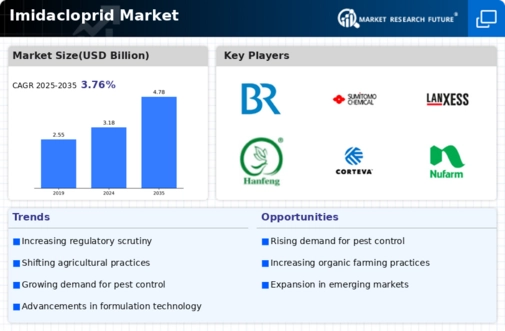
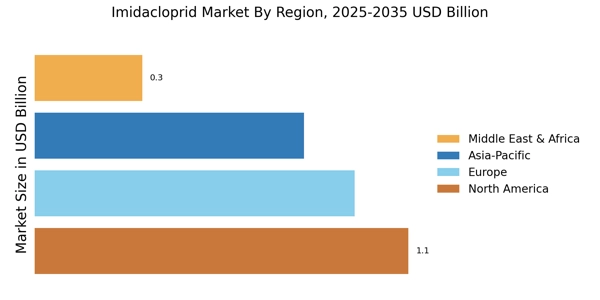
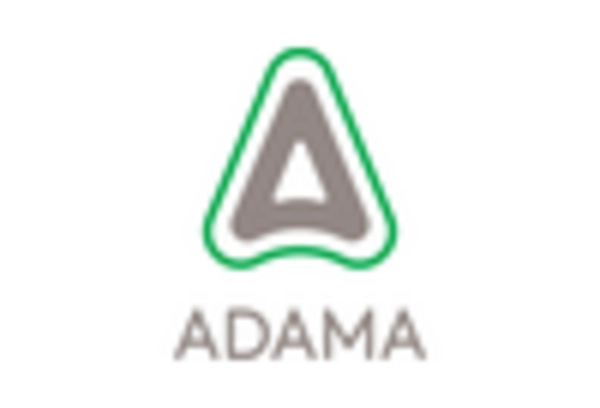

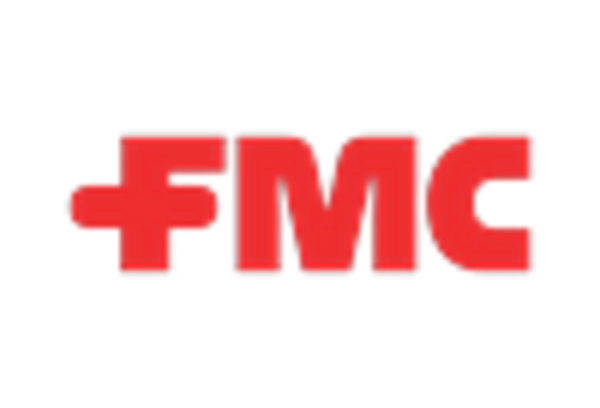
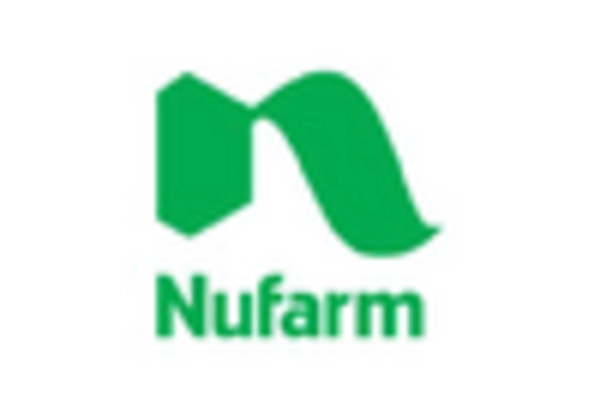
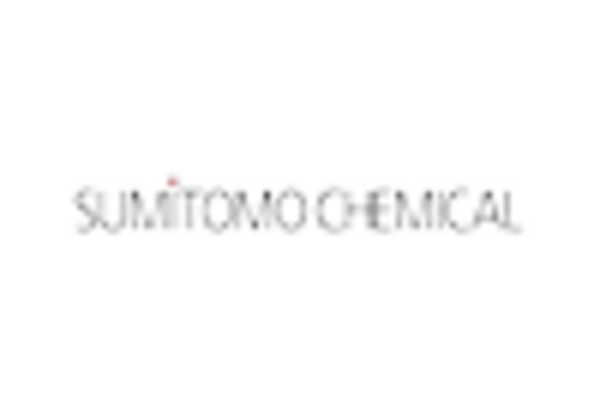
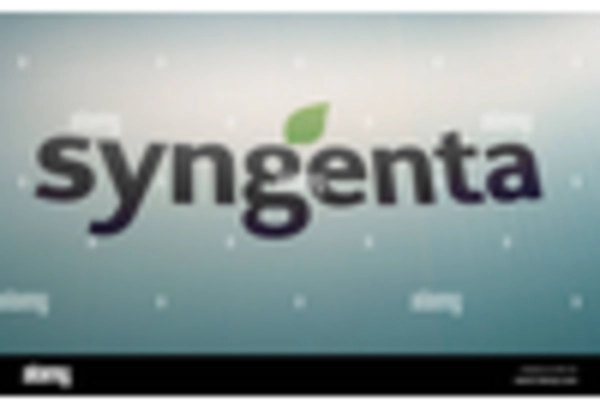








Leave a Comment